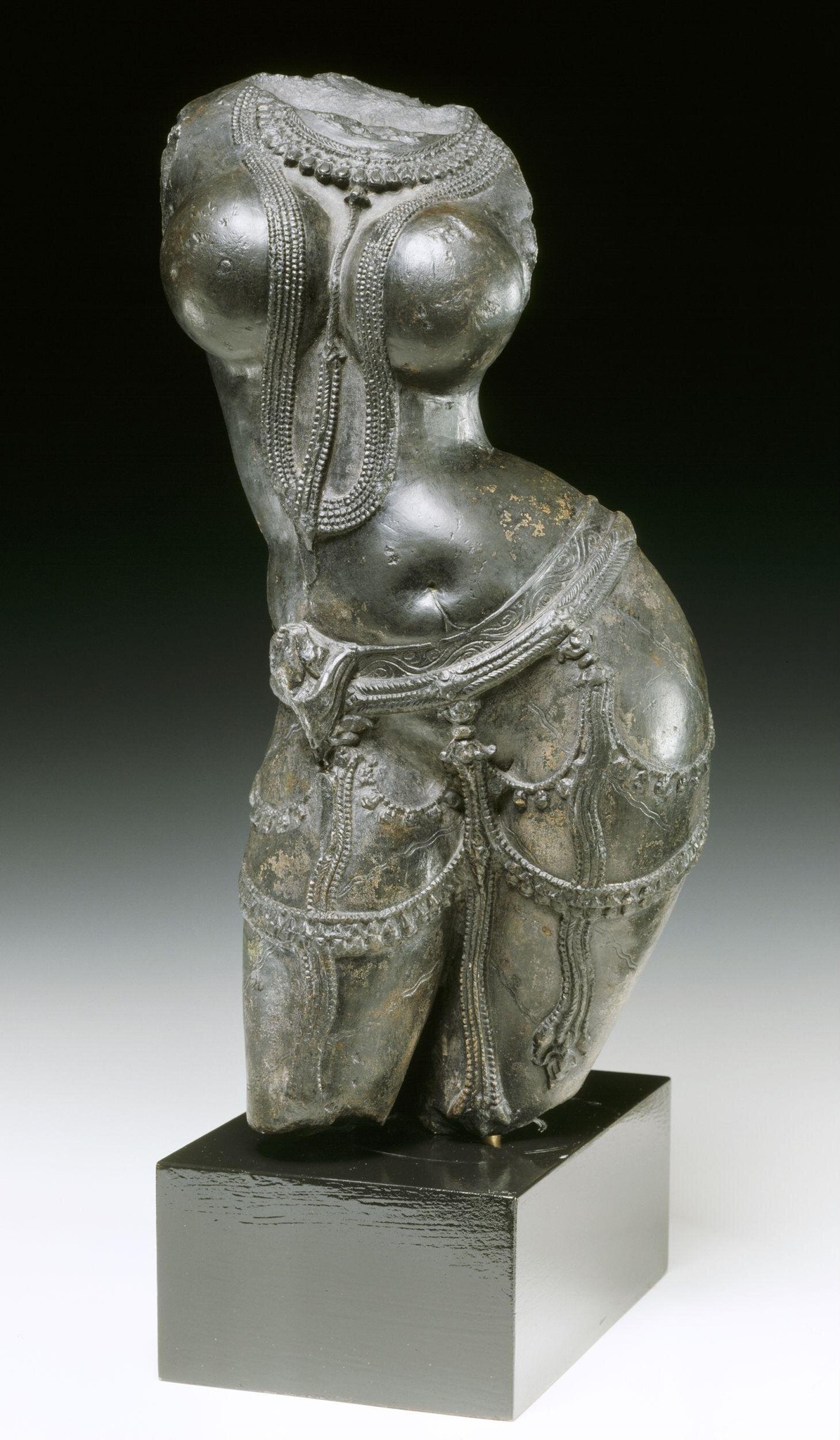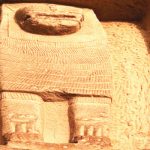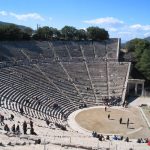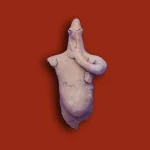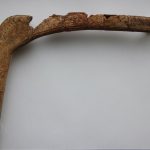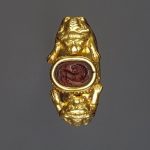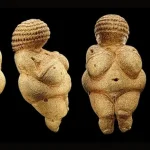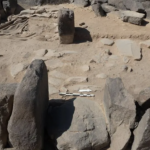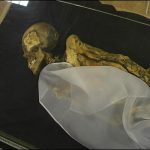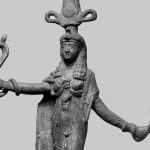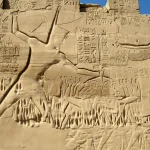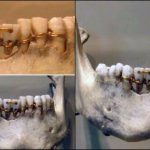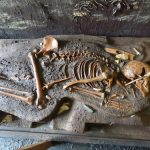9th-Century Black Chlorite Female Torso from Rajasthan
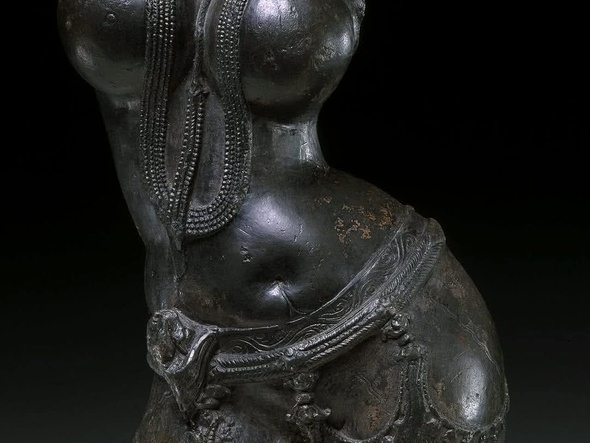
The 9th-century black chlorite female torso from Rajasthan, India, is a remarkable sculpture, likely representing a celestial woman or surasundari (heavenly beauty) or a female attendant, possibly a yakshi (nature spirit). Carved from soft black chlorite, a phyllosilicate mineral with a Mohs hardness of 2–2.5, it was crafted in the Mewar region and embodies the Indian ideal of feminine beauty: full breasts, narrow waist, and ample hips, adorned with intricate jewelry like pearl ropes and a decorative girdle.
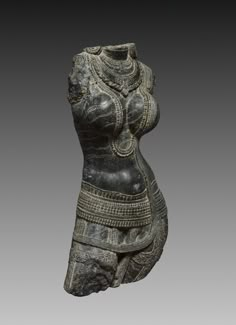
The figure, headless and armless, stands in a tribhanga (three-bend) pose, with diaphanous drapery accentuating its sensuality, reflecting themes of fertility and abundance central to Hindu temple iconography, as supported by texts like the Shilpa Prakasha. It likely adorned a temple’s exterior, enhancing its spiritual power.

Currently, it is displayed at the Victoria and Albert Museum in London, cataloged as “Female Torso” (museum number IS.45-1972). Its journey to London raises questions about colonial-era acquisitions, a topic of ongoing debate, as noted in posts on X expressing discomfort with such artifacts’ presence in Western museums. No precise archaeological site is specified beyond Rajasthan, and virtual tours or 3D views are unavailable, limiting further visual access.
